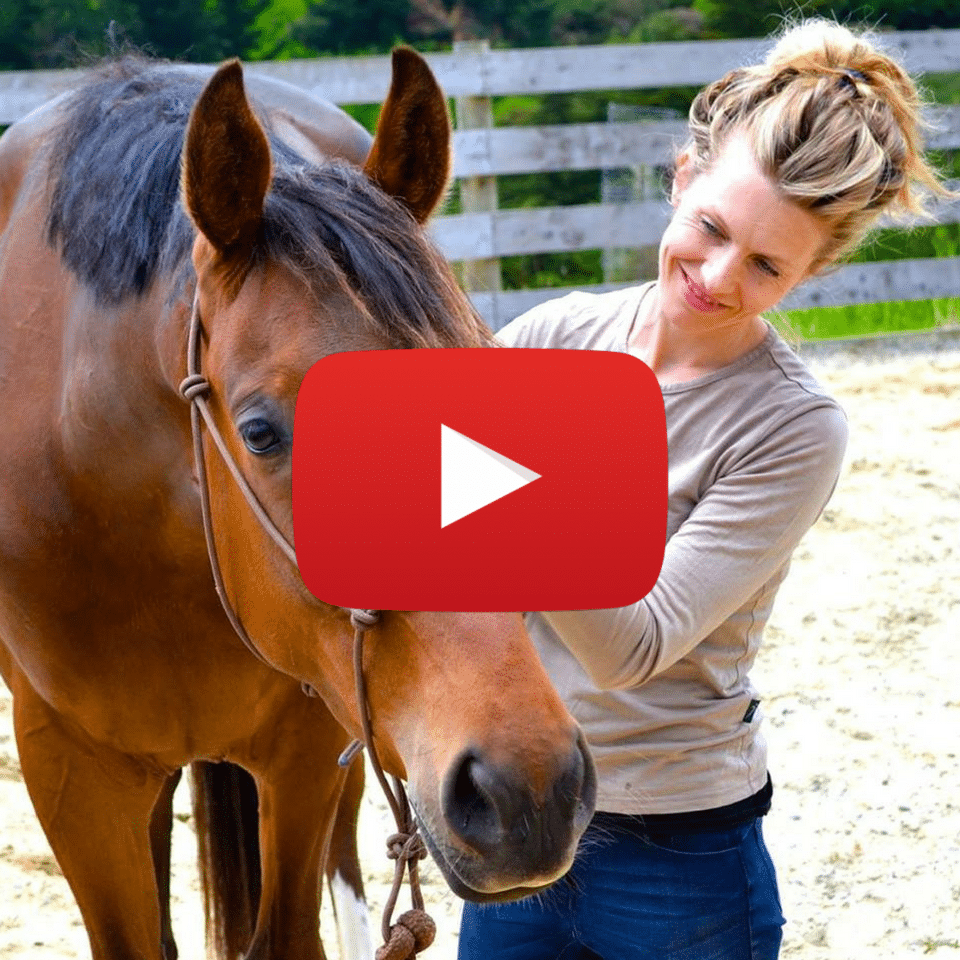I’ve been musing over this post for a while now, the reason being that what I’m about to talk about is not black and white. And I think that’s the point. Working with horses is nuanced. There is no linear formula, and there is no set process that suits any one horse, beyond a set of common principles.
It’s our role then, as riders, to seek balance. The possibilities for our horses in movement exist only within the range that they are balanced. Our job as riders, then, is not only to facilitate that balance so they can carry us without compromise (physically, emotionally and spiritually), but also to ensure that we ourselves are not the reason that the seeking of balance is not possible- which is more often than not the case.
For many years now, I have been a student of horsemanship and have ventured down many rabbit holes in the quest for harmonious partnership. I am also fortunate to have many different types of horses in my horsey family, which allows me the luxury of working with horses of varying dispositions, gymnastic capability and personality. Over the years, I have come to realise some of the mistakes I have made and the challenges that I’ve had, and for the purposes of this conversation, it has to do with the relationship to the use of the reins and contact.
Many of the horsemanship circles that I’ve moved in all hold fast to the principle of riding on the buckle. That we need to let the head and neck “go” to allow for free and forward movement. That riding on a loose rein at walk, trot and canter is the foundation of everything that comes after.
This is where things get sticky. I don’t completely agree anymore.
Here are some things I add as a disclaimer that somewhat complicate the discussion:
- When we ride to control rather than harmonise
Many riders struggle with their own balance in the saddle to the point where contact with the reins becomes yet another form of control. If our own bodies resist the dynamic movement of the horse- physically or emotionally- then it’s impossible to have a discussion about contact and balance that’s useful.
In this case, I agree- let the reins go.
Conversations that involve contact must originate from the body of a rider who has enough organisation to adapt to what the horse is offering and respond accordingly. If not, then we begin with the rider, not the horse.
- We don’t have a clear understanding of what the bit means
If we were to ask a group of riders to explain what the function of the bit is, how many do you think would be able to clearly answer? And if the rider’s themselves don’t know, what hope do we have of communicating anything of value to our horses?
Confusion creates conflict. Clarity promotes understanding.
If we aren’t clear on the primary function of the bit creating relaxation of the jaw, then what are we using the bit for?
Control.
And if that’s the case, again, I agree. Let the reins go.
- Our horses aren’t taught a healthy relationship to contact. And nor are we.
If contact has been about control rather than a conversation about balance, then it’s always going to promote aversive feelings.
If it’s about balance, then we can allow our conversation with contact to create a better feeling in the body, a greater movement towards harmony. In this case, contact is responsive and adaptive. It’s fluid, not fixed. And it starts with us out of the saddle, not in it.
***
This is by no means an exhaustive list, but it provides a good start point.
This whole conversation came about when I realized how many riders I work with have an anxious relationship with “forward”. There is either a point where they shut the forward down, or where they prevent it from happening altogether.
Some people can identify specific moments when the “forward” becomes a worry for them. For instance, when the trot gets bigger or when canter enters the equation.
A conversation on making friends with forward, however, not only needs to include the biomechanics and mindset of the rider, but also the balance and mechanics of the horse. And in order to truly understand the balance of the horse, we have to further understand our relationship to contact and how it affects our horse’s balance and ability to find relaxation under saddle.
Making Friends With Forward is a 3 part series that I’m holding in my membership program, JoyRide, in which I explore the various aspects of forward and share some of the mistakes I have made with my own horses along the way that have impeded our quest for relaxation under saddle.
Part One is a Tale of Two Horses: Dee, a 17.1hh warmblood/ sport horse, and Merc, a 15.3hh paint crossbred. Two very different horses, physically, mentally and emotionally. In both instances, redefining our relationship with the contact and balancing the front end has been a total game changer- both for very different reasons but with equally powerful results.
In Part Two, the fabulous Kate Sandel from Soft and Sound is coming to talk with us about the finer aspects of balance as it relates to forward and relaxation under saddle. Kate teaches in line with the French classical school of Legerete and the Vaquero horsemanship traditions.
And in Part Three, I’ll be discussing our concerns and anxieties with forward from the perspective of the nervous system and giving practical tools to remedy the blocks and challenges you may have.
You’ll have access to all these live trainings and recordings as a JoyRide member.
❤️ Jane

